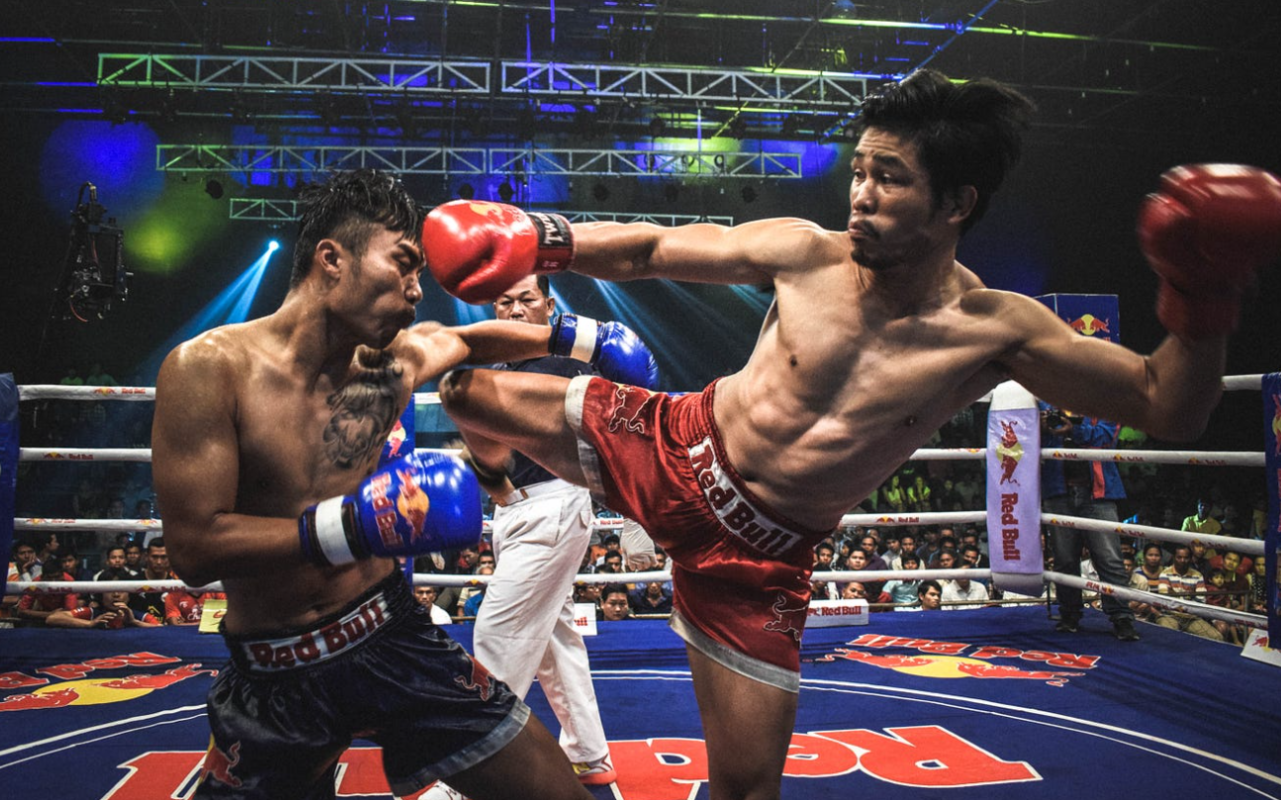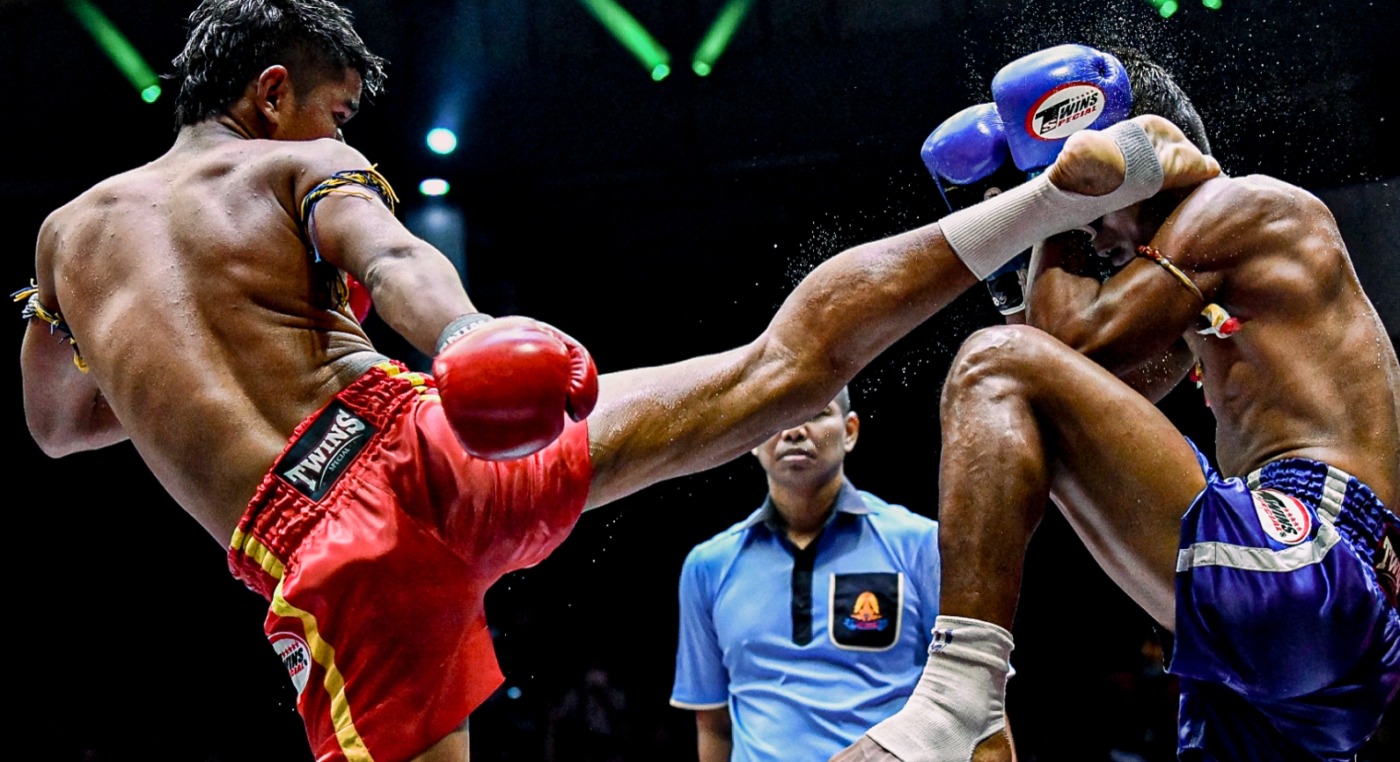Muay Thai Knowledge
Muay Thai Kicks: Techniques and Training Tips
Introduction
Muay Thai, also known as the “Art of Eight Limbs,” is a martial art that utilizes punches, elbows, knees, and kicks. Among these, kicks are vital for both offense and defense. Mastering Muay Thai kicks requires understanding proper techniques and consistent training. This guide delves into essential Muay Thai techniques focusing on kicks, offering practical training tips to help you perfect your skills.
Muay Thai Techniques
Roundhouse Kick
The roundhouse kick, or “Teep Kao,” is one of the most iconic and powerful techniques in Muay Thai. Here’s how to execute it:
- Step 1: Begin in a fighting stance, feet shoulder-width apart, and hands guarding your face.
- Step 2: Pivot on your non-kicking foot, turning your hips and shoulders towards your target.
- Step 3: Swing your kicking leg in a circular motion, aiming to strike with your shin rather than your foot.
- Step 4: Maintain balance and immediately return to your fighting stance after the kick.
Training Tip: Practice pivoting and hip rotation to generate maximum power. Use a heavy bag to build strength and accuracy.
Push Kick (Teep)
The push kick is a fundamental defensive and offensive weapon in Muay Thai. It’s excellent for maintaining distance and controlling the pace of a fight.
- Step 1: Stand in your fighting stance.
- Step 2: Lift your lead leg, bending the knee slightly.
- Step 3: Extend your leg, pushing your foot out towards the target, aiming for the midsection or chest.
- Step 4: Retract your leg quickly and return to your stance.
Training Tip: Practice the push kick on a partner using focus pads or a heavy bag. Focus on quick retraction to avoid counterattacks.
Low Kick
The low kick targets an opponent’s thigh, aiming to compromise their movement and balance.
- Step 1: Start in a fighting stance.
- Step 2: Pivot on your support foot while swinging your kicking leg in a downward arc.
- Step 3: Aim to strike with your shin against your opponent’s thigh.
- Step 4: Return to your stance quickly to defend against counterattacks.
Training Tip: Strengthen your shins through conditioning drills and practice targeting different parts of the thigh for versatility.
Switch Kick
The switch kick is a deceptive and powerful technique that can catch opponents off guard.
- Step 1: From your fighting stance, quickly switch your lead foot to the back while simultaneously moving your rear foot to the front.
- Step 2: Use the momentum to launch a roundhouse kick with your new lead leg.
- Step 3: Pivot on your support foot and rotate your hips fully to maximize power.
- Step 4: Return to your original stance after completing the kick.
Training Tip: Work on your footwork and timing to execute the switch smoothly. Practice this kick on a heavy bag or pads to develop precision and power.
Advanced Techniques
Jumping Kick
The jumping kick combines power and surprise, useful for closing distance or surprising an opponent.
- Step 1: Start in a fighting stance.
- Step 2: Jump off your rear foot, bringing your knee towards your chest.
- Step 3: Extend your leg, aiming to strike with your shin or instep.
- Step 4: Land back in your stance, ready to defend or follow up with another attack.
Training Tip: Incorporate plyometric exercises to improve your jumping ability and balance. Practice the timing and coordination required for this kick.
Spinning Back Kick
The spinning back kick is a powerful technique that can deliver significant force.
- Step 1: From your fighting stance, pivot on your lead foot, turning your back towards your opponent.
- Step 2: Swing your rear leg in a circular motion, aiming to strike with your heel.
- Step 3: Use your hips and shoulders to generate momentum.
- Step 4: Quickly return to your stance after the kick.
Training Tip: Focus on balance and control when practicing this kick. Use a heavy bag to develop accuracy and power.

Training Tips for Muay Thai Kicks
Consistency and Repetition
Mastery comes from consistent practice. Dedicate time to each kick, focusing on technique and power.
Strength and Conditioning
Strengthening your legs and core is crucial for powerful kicks. Include exercises like squats, lunges, and core workouts in your training regimen.
Flexibility
Improving flexibility enhances your kicking range and prevents injuries. Regularly stretch your legs, hips, and lower back.
Partner Drills
Practice with a partner to simulate real fighting scenarios. Use focus pads and engage in light sparring to improve timing and accuracy.
Shadow Boxing
Incorporate kicks into your shadow boxing routine to work on form and fluidity without resistance.
Focus on Technique
Power is important, but proper technique ensures effectiveness and reduces the risk of injury. Pay attention to your form during practice.
FAQs
What are the benefits of mastering Muay Thai kicks?
Mastering Muay Thai kicks enhances your overall fighting skill, improves physical fitness, increases flexibility, and boosts confidence in self-defense situations.
How can I improve my kicking speed?
To improve kicking speed, incorporate plyometric exercises, focus on proper technique, and practice regularly. Speed drills and light sparring can also be beneficial.
What’s the difference between a Muay Thai kick and a karate kick?
Muay Thai kicks typically use the shin as the striking surface and emphasize hip rotation and power. Karate kicks often use the foot and may focus more on speed and precision.
How often should I practice Muay Thai kicks?
Practice Muay Thai kicks at least three to four times a week, integrating them into your overall training routine. Consistent practice is key to improvement.
Is it normal to experience pain in my shins when practicing kicks?
It’s normal to experience some discomfort, especially when starting. However, persistent pain could indicate a need for better technique or shin conditioning. Consult with a trainer if pain continues.
Can Muay Thai kicks be used for self-defense?
Yes, Muay Thai kicks are effective for self-defense due to their power and versatility. They can disable an attacker or create an opportunity to escape.
Conclusion
Mastering Muay Thai kicks involves understanding proper techniques, consistent training, and dedication. Whether you aim to compete, improve fitness, or learn self-defense, focusing on these kicks will enhance your Muay Thai skills significantly. Incorporate the training tips provided, and remember that practice and persistence are your best allies on this journey.

